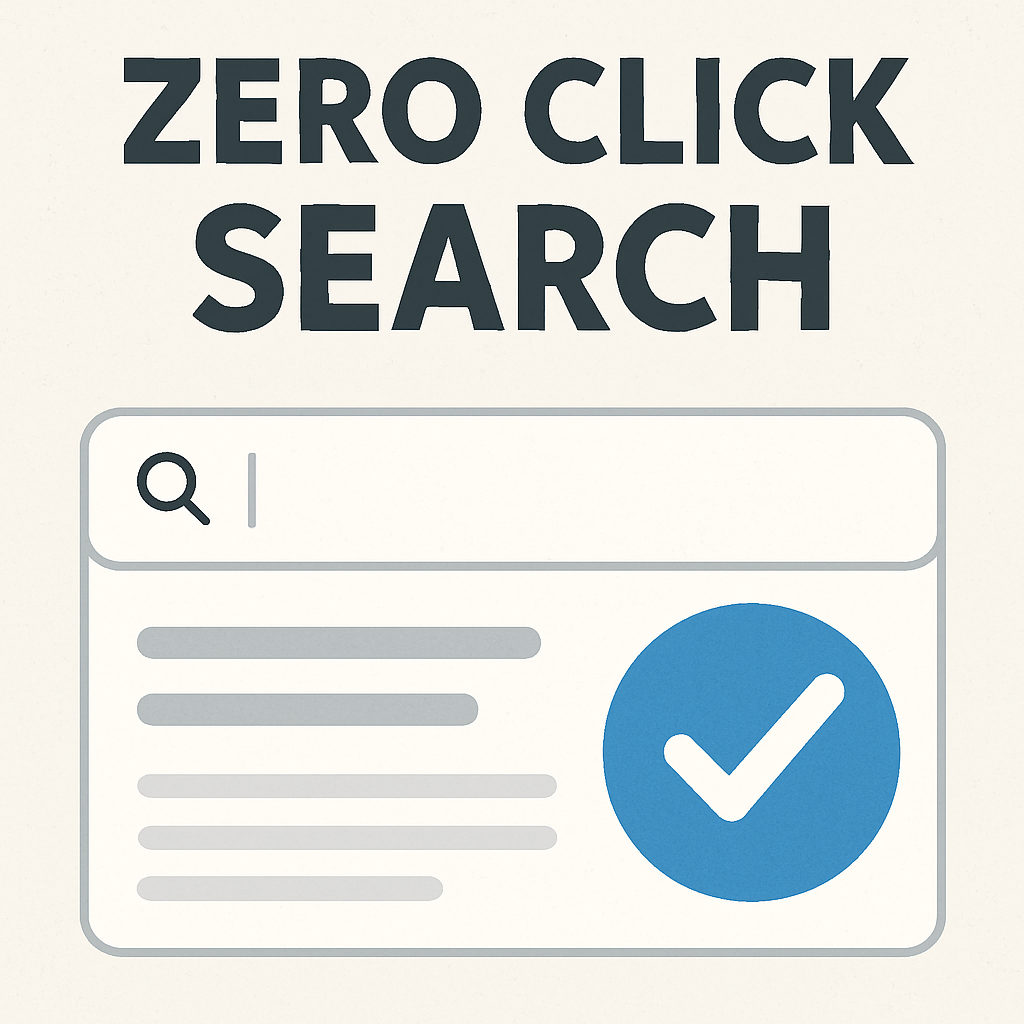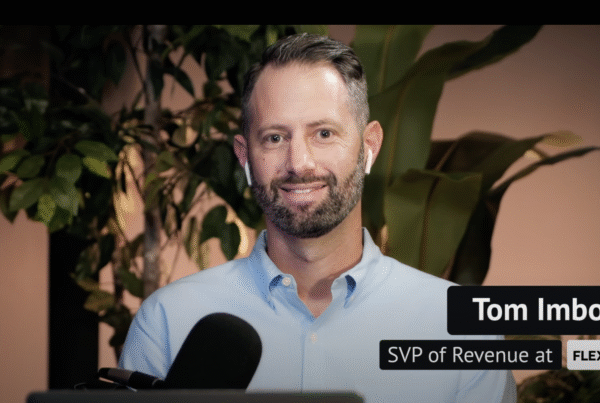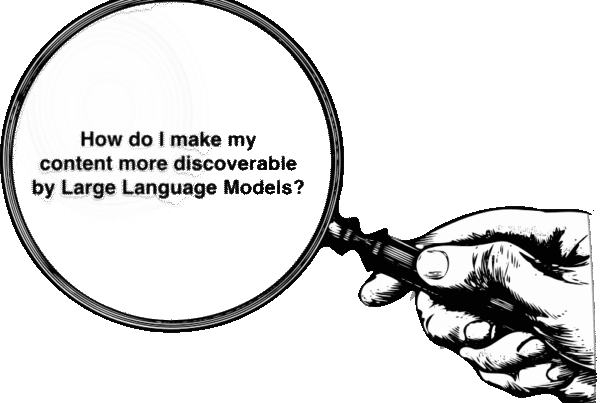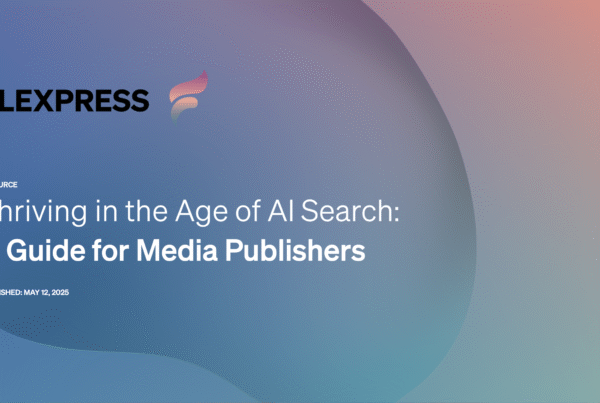
See the first post in our series on “The AI Discovery Shift” here:
Picture this scenario: someone asks Google AI Mode (or ChatGPT) a question that you’ve written the perfect article to answer. The model provides a detailed, accurate answer pulling from your content. But the user never clicks on your site. They don’t even know your site is the source.
That’s the reality of zero-click AI search and it’s changing the rules of content visibility and the financial model of what it means to be ranked #1 in SEO.
The Click is Disappearing
In traditional SEO, success meant getting your content to rank and then earning clicks to your site. But with the rise of AI-powered answers (ChatGPT, Bing Copilot, Perplexity), users are increasingly getting the answer without ever visiting a website.
According to Gartner, up to 30% of all traffic may shift from traditional search engines to AI interfaces by 2026. Google AI Overviews are already appearing on 50% of searches. Users are getting information without having to visit the original source.
This us great for users, but daunting for publishers.
What Zero-Click AI Search Means for Publishers
The implications of Zero Click AI search are obvious: fewer clicks means less site traffic. This leads to:
- Lower ad revenue: No site visits, no CPMs.
- No attribution: Even if your content powers the response, you might not get credit.
- No growing relationships: You miss the chance to capture an email, convert a reader, or build brand loyalty.
The reality is stark: great content alone isn’t enough. If it’s being surfaced without attribution, the value steeply declines.
How AI Chooses What to Surface
AI interfaces use a mix of:
- Pre-trained data (what was in the model when it was trained)
- Live retrieval (via tools like RAG, search APIs, or citation models)
- Trust signals (like brand authority, structured content, and semantic clarity)
We covered this in our series in more depth last post (reference here). So the content that gets quoted or summarized in zero-click answers tends to have a few things in common:
- It’s clearly structured (headlines, summaries, lists)
- It’s trustworthy and authoritative (strong brand or cited domain)
- It answers a specific question directly
- It’s fresh, readable, and human
Recent findings have also shown that different AI models tend to weight SEO slightly differently, so its not a one size fits all but there are some ways to stay in the game.
How To Stay Visible Without the Click
If you can’t always get the click, aim to win the quote. Here’s how:
1. Structure for Summarization
Use clear subheadings, intro summaries, bullet points, and standalone fact blocks. AI looks for concise, digestible information.
2. Build Brand Trust
Become a source worth surfacing. Build authority through quality, consistency, and signals like author bylines, publish dates, and references.
3. Support AI Indexing
Ensure your site is accessible to AI crawlers (e.g., Common Crawl, OpenAI) and tools like llms.txt are properly configured.
4. Rethink Success Metrics
Shift from obsessing over CTRs to measuring visibility, mentions, and impact across AI platforms — especially Perplexity, ChatGPT plugins, and other discovery layers.
There’s Still Value — Even Without a Visit
Zero-click doesn’t mean zero value. Showing up in AI answers might not drive traffic, but it does build awareness, authority and trust.
- Your brand can appear in responses across millions of conversations.
- Your insights can power AI answers, even when there’s no search involved.
- And your expertise can build credibility, even without the visit.
But you’ve got to shift the mindset from click – to broad presence.




